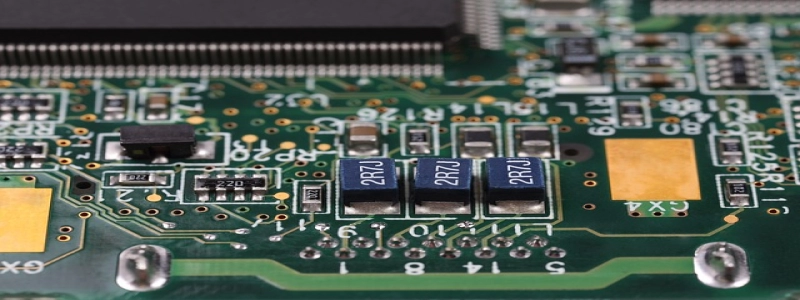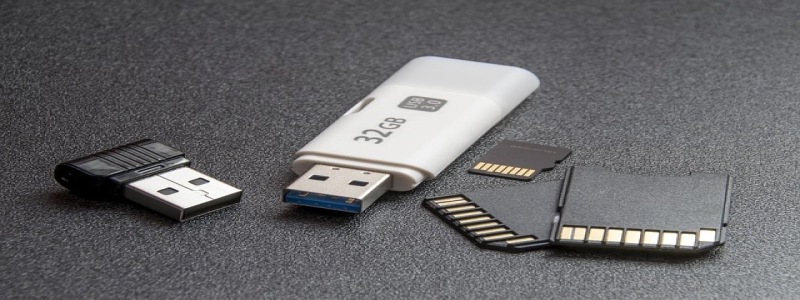Difference between Single Mode and Multimode Fiber
1. Introduction
2. Definition of Single Mode Fiber
2.1 Core Size
2.2 Light Propagation
3. Definition of Multimode Fiber
3.1 Core Size
3.2 Light Propagation
4. Key Differences
4.1 Transmission Distance
4.2 Bandwidth
4.3 Cost
4.4 Application
5. Conclusion
1. Introduction:
Fiber optic cables are widely used in telecommunications and networking systems for transmitting data over long distances at high speeds. There are two main types of fiber optic cables: single mode and multimode fiber. Understanding the differences between these two types is crucial for selecting the appropriate cable for specific applications.
2. Definition of Single Mode Fiber:
Single mode fiber, also known as mono-mode fiber, is designed to carry only a single mode of light at a time. It has a small core size, typically 9 microns in diameter, allowing for the transmission of a single light ray with minimal dispersion. This allows for longer transmission distances and higher bandwidth capabilities.
2.1 Core Size:
Single mode fiber has a small core size of 9 microns in diameter.
2.2 Light Propagation:
In single mode fiber, the light propagation occurs in a straight line, with minimal dispersion. This results in reduced signal loss, making it ideal for long-distance transmission.
3. Definition of Multimode Fiber:
Multimode fiber, as the name suggests, is designed to carry multiple modes of light simultaneously. It has a larger core size, typically 50 or 62.5 microns in diameter, allowing for multiple light rays to be transmitted at the same time. This results in lower bandwidth capabilities and shorter transmission distances compared to single mode fiber.
3.1 Core Size:
Multimode fiber has a larger core size, typically 50 or 62.5 microns in diameter.
3.2 Light Propagation:
In multimode fiber, the light propagation occurs at different angles, resulting in higher dispersion and signal loss. This limits the transmission distance and bandwidth capabilities.
4. Key Differences:
4.1 Transmission Distance:
Single mode fiber can transmit data over much longer distances compared to multimode fiber. It can transmit data for kilometers without the need for repeaters, making it suitable for long-haul transmissions. On the other hand, multimode fiber is limited to shorter distances, typically up to a few hundred meters.
4.2 Bandwidth:
Single mode fiber has a higher bandwidth capacity compared to multimode fiber. This means that it can carry more data over a given period, resulting in faster transmission speeds. Multimode fiber, due to its larger core size and higher dispersion, has lower bandwidth capabilities.
4.3 Cost:
Single mode fiber is generally more expensive compared to multimode fiber. The manufacturing process for single mode fiber requires higher precision and tighter tolerances, resulting in increased production costs. Multimode fiber, with larger core size and looser tolerances, is more cost-effective.
4.4 Application:
Single mode fiber is commonly used in long-distance applications such as telecommunications and underwater cabling. It is also preferred for high-speed applications like data centers and enterprise networks. Multimode fiber, with its lower cost and sufficient bandwidth for short distances, is commonly used in LANs, video surveillance systems, and residential installations.
5. Conclusion:
In conclusion, single mode fiber and multimode fiber have distinct differences in terms of transmission distance, bandwidth, cost, and application. Single mode fiber is suitable for long-haul transmission over kilometers, with high bandwidth and higher costs. On the other hand, multimode fiber is cost-effective, suitable for shorter distances, and commonly used in local area networks and residential installations. Understanding these differences is essential for selecting the appropriate fiber optic cable for specific requirements.







